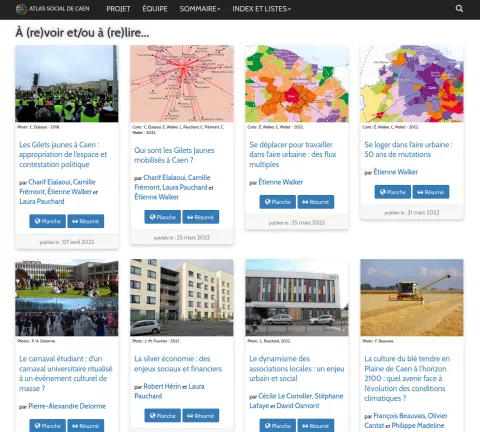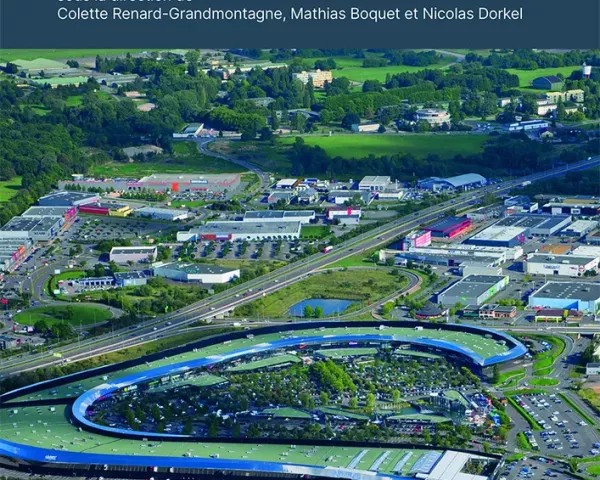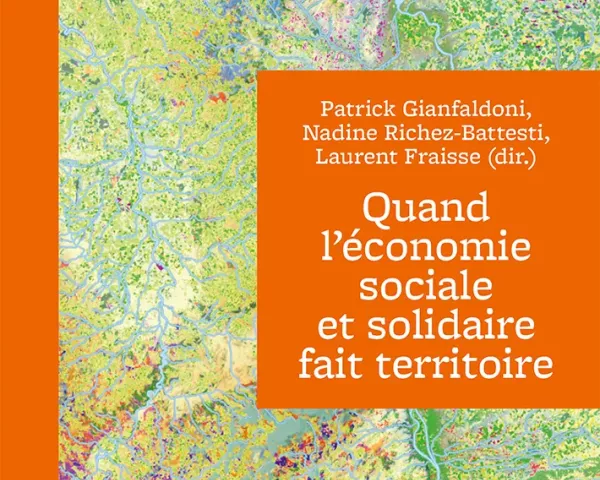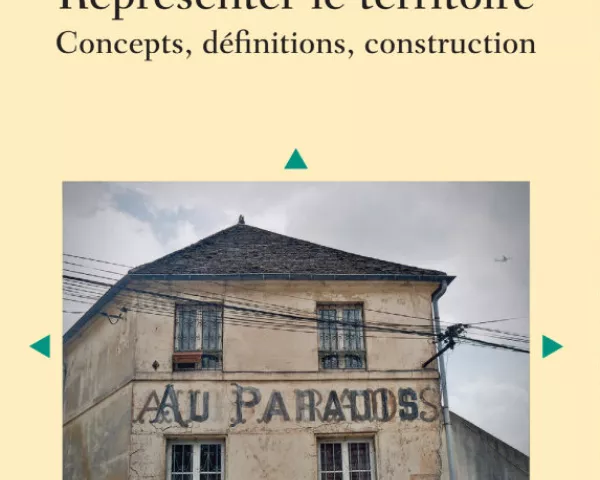Appréhender les trajectoires d’engagement dans la gouvernance d’une politique environnementale : l’exemple de Natura 2000 en mer
Jean-Eudes Beuret, Helene Rey-Valette, Mathilda Clennell. Appréhender les trajectoires d’engagement dans la gouvernance d’une politique environnementale : l’exemple de Natura 2000 en mer. Géographie, Économie, Société, 2023, 25 (2-3), pp.375-397. ⟨10.3166/ges.2023.0017⟩. ⟨hal-04310189⟩
As part of a study on governance in Natura 2000 projects at sea, different types of engagement have been studied through a dynamic analytical framework, in order to describe the evolution of engagement. As the implementation of Natura 2000 areas in France is based on cooperation and voluntary programs, the involvement of stakeholders (in terms of level, form, and duration) is a deciding factor for both social learning processes within the governance mechanisms, and the policy’s general effectiveness. On the basis of Thévenot’s (2006) theory of regimes of engagement, we built an operational framework of engagement to study which types encourage a lasting engagement. The framework also enabled us to determine the different factors for stakeholder engagement and its evolution over time. These factors can be linked to individuals and to the design of the policy itself. Several types of field surveys took place with participants from Natura 2000 sites at sea in metropolitan France: quantitative and qualitative, exploratory (a sample of twenty sites) and in-depth (two sites, chosen for their favorable conditions for long-term engagement). The results reveal that the types of engagement are often mixed and of a changing nature. Several types are often associated at a given time, before evolving into new types. The results of the different surveys converge and show recurring patterns. In particular, engagement evolved from “planned action” or “justification,” toward the regime of familiarity and an attachment to sociability, or in the direction of the regime of exploration. Thus, we can make theoretical deductions about these engagement regimes, and operational deductions concerning the ways in which policy arrangements can encourage engagement.
As part of a study on governance in Natura 2000 projects at sea, different types of engagement have been studied through a dynamic analytical framework, in order to describe the evolution of engagement. As the implementation of Natura 2000 areas in France is based on cooperation and voluntary programs, the involvement of stakeholders (in terms of level, form, and duration) is a deciding factor for both social learning processes within the governance mechanisms, and the policy’s general effectiveness. On the basis of Thévenot’s (2006) theory of regimes of engagement, we built an operational framework of engagement to study which types encourage a lasting engagement. The framework also enabled us to determine the different factors for stakeholder engagement and its evolution over time. These factors can be linked to individuals and to the design of the policy itself. Several types of field surveys took place with participants from Natura 2000 sites at sea in metropolitan France: quantitative and qualitative, exploratory (a sample of twenty sites) and in-depth (two sites, chosen for their favorable conditions for long-term engagement). The results reveal that the types of engagement are often mixed and of a changing nature. Several types are often associated at a given time, before evolving into new types. The results of the different surveys converge and show recurring patterns. In particular, engagement evolved from “planned action” or “justification,” toward the regime of familiarity and an attachment to sociability, or in the direction of the regime of exploration. Thus, we can make theoretical deductions about these engagement regimes, and operational deductions concerning the ways in which policy arrangements can encourage engagement.










